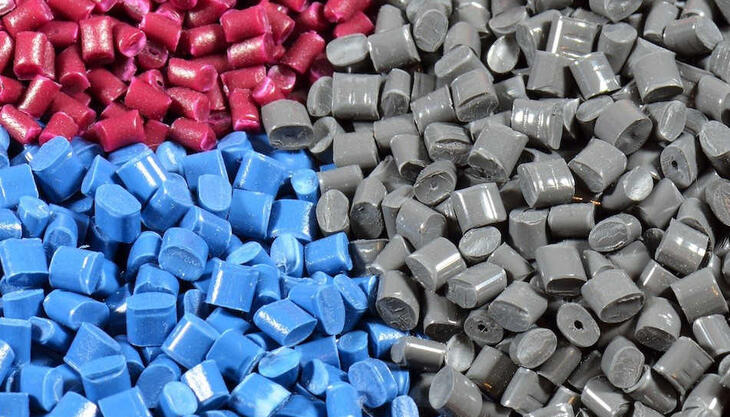
This year, once again plastics played a key role in winter sports and as the season came to an end a key role in the most prestigious event of them all - the Winter Olympics in Sochi. Polymers played a part in all 92 events and were decisive in many cases. From alpine skiing to the biathlon and luge, athletes and the equipment they use had to perform at the highest levels, something that was made possible by the use of top grade materials. Indeed, in today's world plastic is of primary importance in winter sports equipment, clothing and footwear whether you are a top flight competitor or an enthusiastic amateur.
Alpine skis are made using a sandwich structure and use different types of plastic materials for the various layers. This makes them lightweight and tough at the same time and helps them glide over the surface of the snow. In disciplines such as cross-country skiing and biathlon which are practiced on thin layers of snow the ability to move smoothly across the surface is what makes the difference. Different types of plastic can be used to obtain the optimal surface contact for each type of snow and temperature and the most suitable is simply glued to the ski.
Aside from an enormous amount of courage, ski jumping also requires impeccable aerodynamics and the best teams are always in search of new materials. Innovative garments ensure the greatest possible air penetration thanks to special seams and fabrics based on synthetic fibres, while the skis reduce friction and increase speed. To guarantee the same conditions for every competitor taking part in the Sochi games even the take-off ramp was made entirely from plastic materials.
Cutting edge lightweight and insulated ski boots designed for professionals are now available to the general public. The inner and outer soles are made from plastic and will adapt perfectly to the shape of the foot, which ensures greater comfort and stability. Protective headwear for skiers and snowboarders - now obligatory in many countries - changes from season to season: design and performance are always being improved in order to offer better protection and greater safety. In the past few years their resistance to impact has been improved with no increase in weight.
Luge and bobsleigh are closely linked to plastic and without the use of these materials top speeds of up to 150 kilometres an hour would be very difficult to achieve. Aerodynamics and low weight ratios are key to success in these events and the composite modern materials used offer resistance and rigidity, absorb impact and are proof against even the lowest temperatures which can reach over 30 degrees below zero.
Ice hockey is a sport that involves intense physical contact and individual protective devices are obligatory: helmets, shoulder, elbow and shin pads as well as padded gloves and trousers are all part of the equipment. What material other than plastic could offer the same performance? Once hockey sticks were made of wood, today they are made from composite plastic material. Several north American and European teams have even stopped training on ice rinks, preferring instead to practice on artificial, plastic surfaces.
In terms of safety, individual airbags offer protection in the event of being buried in the snow. This is why alpine rescue teams use systems that consist of enormous plastic cushions that can be inflated in record time. Finally every type of modern winter clothing - from underwear to trousers, jackets and gloves - are now made from waterproof synthetic fibres able to insulate the body from extreme temperatures and can even offer the more fashion conscious among us a host of stylish solutions.























